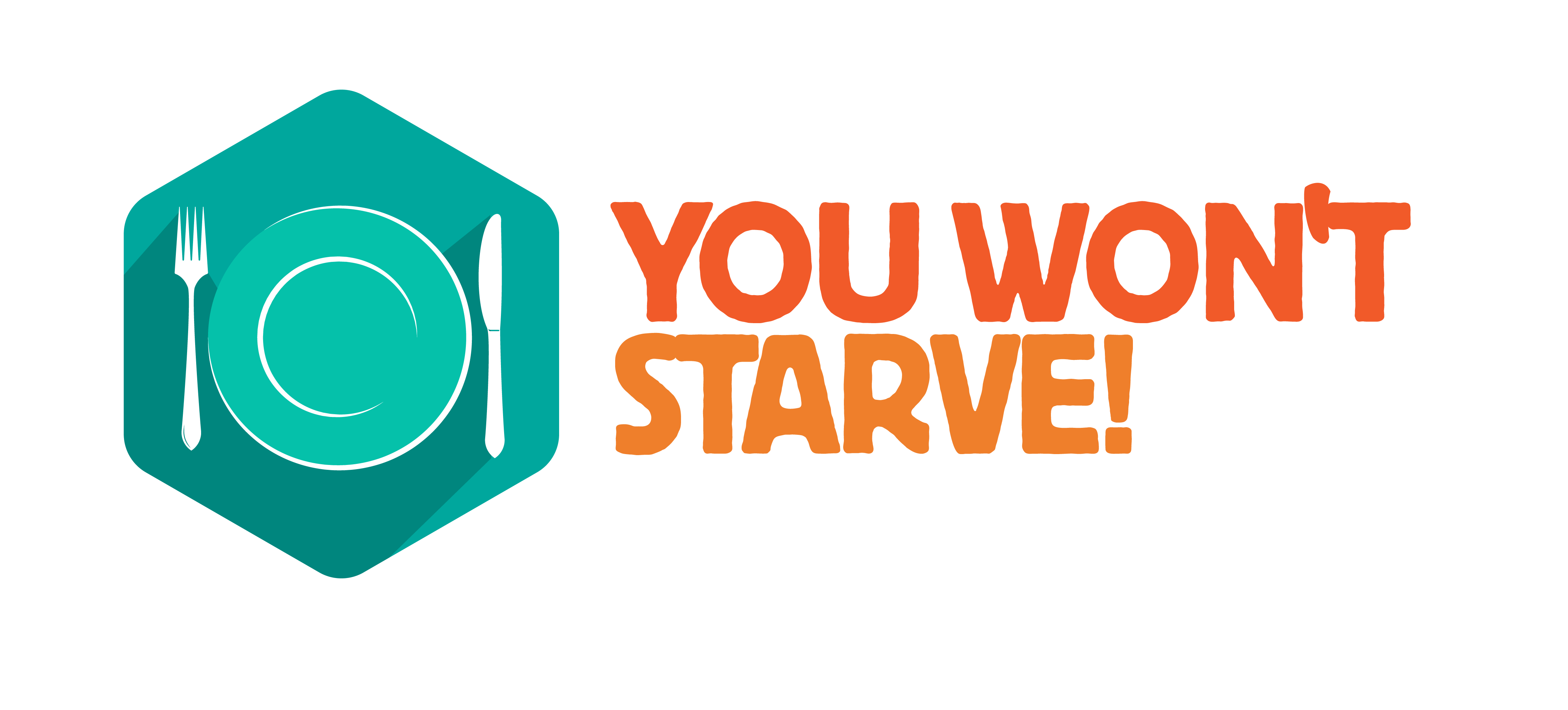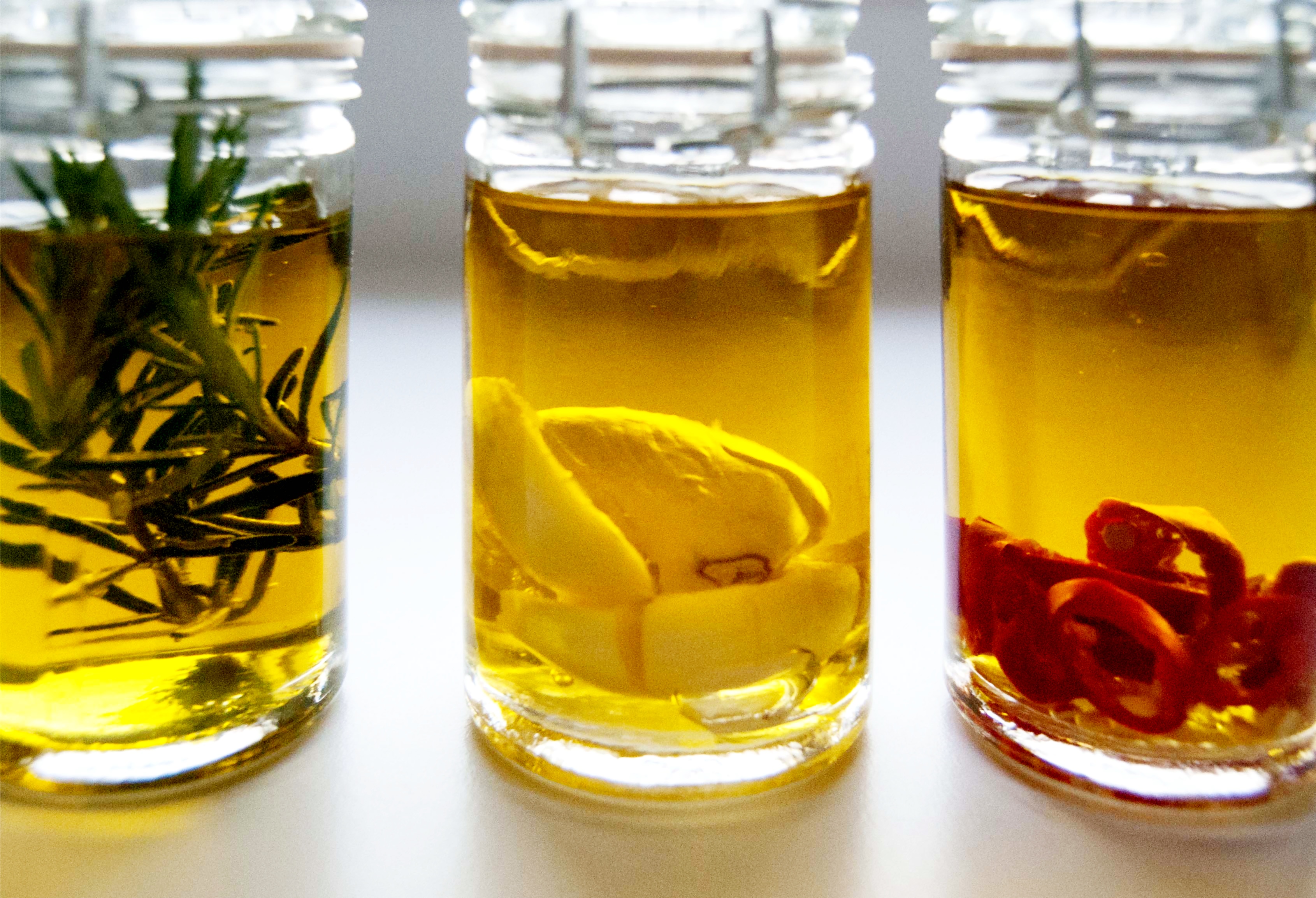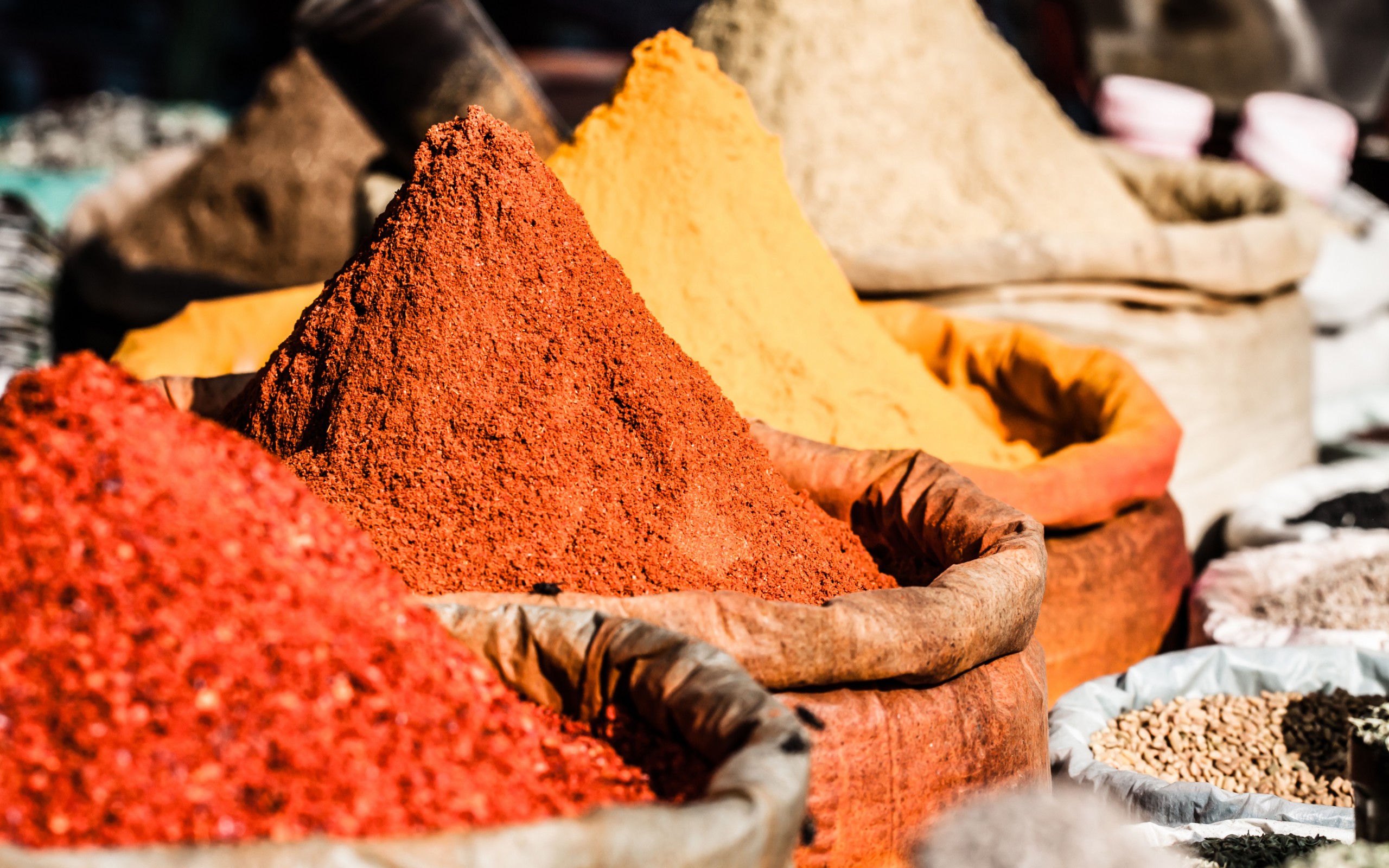Some of you can still eat lentils or chickpeas from a can. Canning or soaking in water draws out much of the water-soluble FODMAP from foods.
Canned legumes have water-soluble FODMAPs in them that are then transferred to the water, so try canned, cooked legumes (making sure to rinse beans, lentils and chickpeas well before eating them).
- Chickpeas – 1/4 cup is acceptable, 1/2 cup is not
- Lentils – any canned lentils are 100% okay to eat! Go nuts. Green or red lentils that you have soaked and cooked yourself, not so much, but 1/4 cup is acceptable.
Cooking beans, lentils and chickpeas for a long time can help break down FODMAPS
Cooking is less reliable than extensive soaking (i.e. canned), and relies heavily on cooking methods, other ingredients and temperatures used. Experiment if you dare, seeing above for the amount recommendations for boiled lentils.
How to use onion and garlic in cooking without actually eating them
Onion and garlic are staples that you will sorely miss. If you want the taste of garlic and/or onion, try cooking some in oils in a pan, and then removing them – FODMAPS are not oil-soluble. Sautéing a whole peeled garlic bulb for a couple of minutes can develop flavours.
Alternatively for a longer-lasting oil, very gently heat some olive oil on a very low temperature with two whole cloves of chopped up chunks of garlic for 20 minutes to infuse the oil, then transfer the oil to a jar to use in cooking as you would normal garlic/oil. It can get pretty strong. Strain the oil you want to use before cooking with it or using in salads. Olive oil does not do well when hot, so don’t heat it up much – more like warming.
- Tips on heating olive oil
- How to make garlic-infused olive oil
Dried fruit is worse than fresh fruit
Dried fruit contains concentrated sugars (saccharides) and contains some fructans that aren’t present in fresh fruit. This means that fresh fruit in small doses is much more acceptable than dried fruit, at all times.
You can eat bread!
The sourdough fermentation process reduces FODMAPS in wheat, spelt and oat bread. The yeasts cultured during sourdough fermentation feed on fructans, reducing their number. Only use low-FODMAP flours, and avoid rye.
Serving size matters
Some sensitive people will suffer symptoms even from low-FODMAP foods, so follow recommended serving sizes. The Monash University app is the best available (they invented the diet) so pay the bucks to get it right. Don’t guess.




